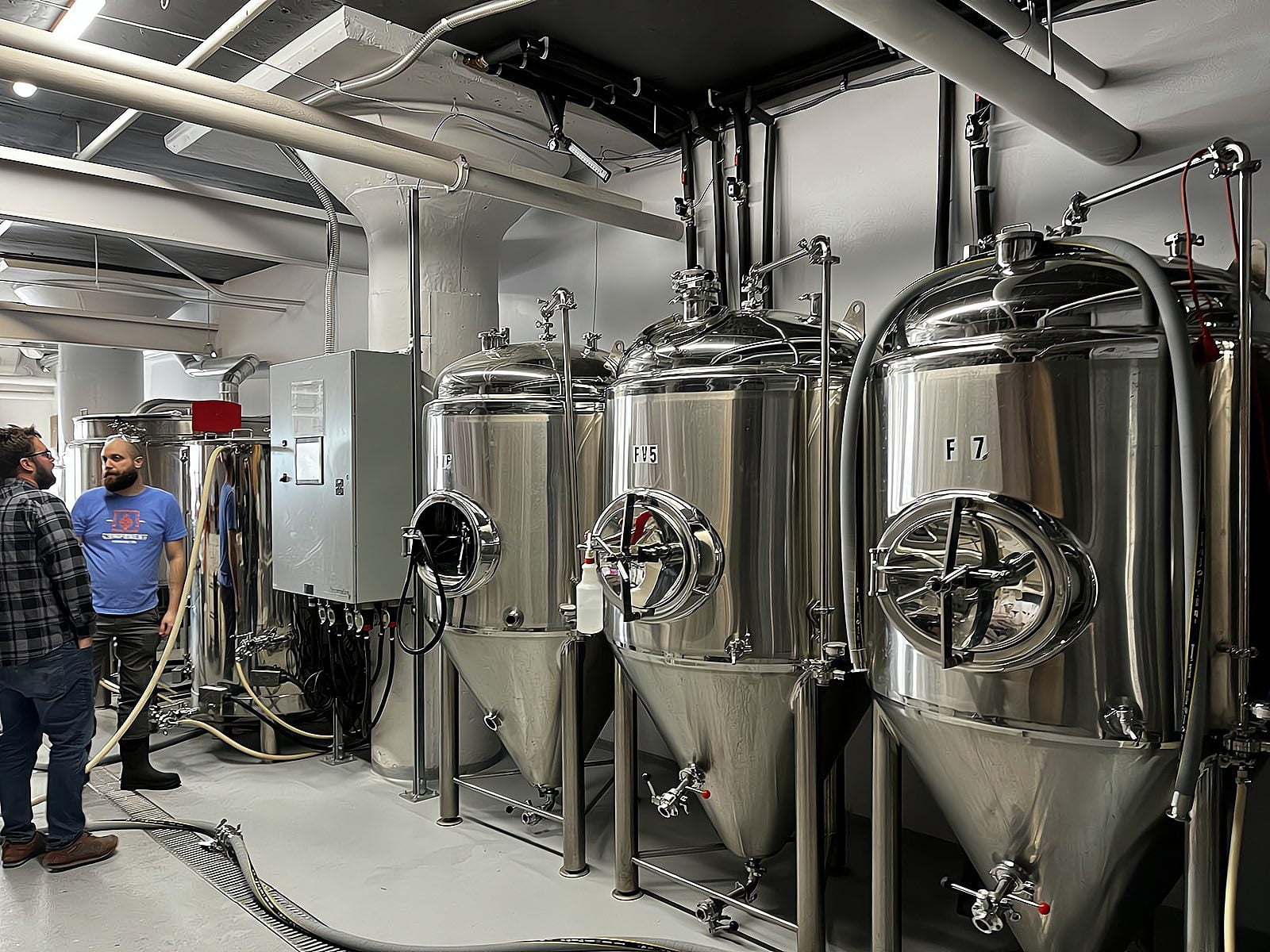Unitank vs Brite Tank is a comparison between two types of fermenters used in the beer brewing process. Unit tanks are large, single-vessel tanks that are used for both fermentation and conditioning, while Brite tanks are smaller, multi-vessel tanks that are used exclusively for conditioning.
Comparison of the Unitank with the Bright Tank
Remember that they are very different when deciding between the unitank and the Brite tank. Beer is fermented in an unitank, a cylindrical vessel, while beer is brightened in a brite tank, another cylindrical vessel. Beer that has finished fermenting can be transferred to a new container, or “carbed”, using a brite tank.

Is it possible to bottle after fermentation in the same tank?
In the course of fermentation, carbon dioxide is released. Beer gets this from the carbonation process, typically done exclusively in an airtight container. Beer is typically bottled without carbonation, but some breweries add it before packaging. Even some microbreweries employ kegs for their beer’s forced carbonation.
Carbonation not only helps to preserve the gas, but also generates additional CO2 and hastens the fermentation process. The resulting beer typically has more carbonation than the original in cooler temperatures. The standard unit of measurement for carbonation in the United States is the number of grams of CO2 per liter. While the specifics may vary from country to country, the underlying premise remains the same.
For the simplest carbonation method, priming sugar is added to the bottle, and this aids the yeast in fermenting sugar into ethanol and carbon dioxide. After the sugar has been dissolved in the beer, carbonation will begin to form.
To what extent do Brite tanks and Unitanks compare?
The Brite tank has various benefits over the Unitank. Tanks made of brite, for instance, can store more liquid in less time and with less maintenance. Additionally, the Brite tank is made to be used in the open air with a glycol chiller.
Beer breweries that make vast quantities of beer benefit the most from using brite tanks. However, unitanks are ideally suited for use in smaller breweries and taverns. They have multiple purposes, including filtration, aging, and fermentation, and they may also help you save time, energy, and cash.
There is an extensive range of sizes for stainless steel storage tanks. They’re tough against scratches, simple to disinfect, and breathable. They are also helpful for yeast cultivation and extended conditioning. They come equipped with built-in heating and cooling systems, with the latter depending on the size.
Do brite tanks and cylindrical fermenters serve the same purpose?
Breweries have employed various fermentation tanks, and the materials used to construct them varied. However, these days, stainless steel, like chrome nickel, is used in virtually all containers. This vessel is vital and may block oxygen from entering the interior, and In-situ cleaning is possible. Additionally, it can be employed for long-term conditioning.
The majority of commercial breweries use cylindrical fermenters. That’s because they’re made to make beer with a crystal-clear appearance. Their quality of construction is up to par with the norms of their field. They are typically made of stainless steel, which can be disinfected and polished quickly.
Brewhouse Some breweries favor brew house tanks for the fermentation process. They are cheap and straightforward to clean, and their structure is less complex. They work wonderfully in larger breweries. They shorten the time needed for batching, so multiple fermenters can be used simultaneously.
Can beer be moved from the bright tank to the fermenting tank?
It’s crucial to know what you’re doing whenever you move something from a bright tank to a secondary fermentation tank or vice versa. Taking accurate measurements of your brew will allow you to pinpoint any flaws.
Transporting beer from the fermenter to the light tank should expose the beer to as little air as possible. Putting a stopper on a tool or machine can make work much more manageable. But if your beer ferments in a different container, that could not work.
Although a brite tank can be used for fermentation, it is more commonly utilized for aging and conditioning. Additionally, a brite tank can help you keep your beer fresh for longer.
